
- Apple began offering an API called FinanceKit in its latest iOS 17.4 update.
- The new update allows developers to fetch users’ transactions and balance data from users’ Apple Card, Apple Cash, and Apple Savings accounts.
- Online budgeting platforms Monarch, YNAB, and Copilot are the launch partners for FinanceKit.
In its latest iOS 17.4 update, Apple is offering an API called FinanceKit that allows developers to fetch users’ transactions and balance data from users’ Apple Card, Apple Cash, and Apple Savings accounts. The company made a similar move in the U.K. in November 2023.
Launch partners in the new update are online budgeting platforms Monarch, YNAB, and Copilot. Apple’s update will help users more easily aggregate their accounts. Instead of uploading spreadsheets of their transaction data, users will be able to see data from their Apple Card, Apple Cash, and Apple Savings in real time on the third party platforms.
“This new feature means that as you spend and save with your favorite Apple products, your transactions will appear in YNAB almost instantaneously. No manual entry required,” the company said in its blog announcement. “Imagine: when you open YNAB on your device (running iOS 17.4 or higher), all of your Apple transactions are there, ready to categorize.”
Overall, the more free flow of data will help achieve a bit of what open banking is supposed to help accomplish by allowing users to access their data how and where they want. Today’s action from Apple shows that the company believes users should own their transaction data, and it is encouraging to see the tech giant granting access to third parties.
As with most account aggregation efforts, however, bringing users’ transaction and account balance data into third party platforms will not be without friction. As PFM platform Monarch Money explained on its blog post, “For those with existing Apple Card accounts in Monarch, we recommend you sync your Apple Card again as a new account, and remove or hide the old accounts. You can also merge your history from your old Apple Card account to the new one using our merge account flows on desktop, which lets you choose whether you want to move over your old transactions and/or balances.”
What might some of the impacts be from Apple’s more open approach to users’ financial data? First, it may result in consumers increasing their usage of Apple’s financial products, such as Apple Card, as they become more integrated into users’ financial management habits. The launch of FinanceKit is also a win for PFM platforms. As more platforms are able to leverage Apple’s API to fetch consumer data, they will reduce friction and minimize consumer complaints regarding manual processes. Finally, end consumers will benefit from the launch because, not only will they enjoy decreased friction, but they will also be able to make more informed financial decisions by having their transaction and account data more readily available.

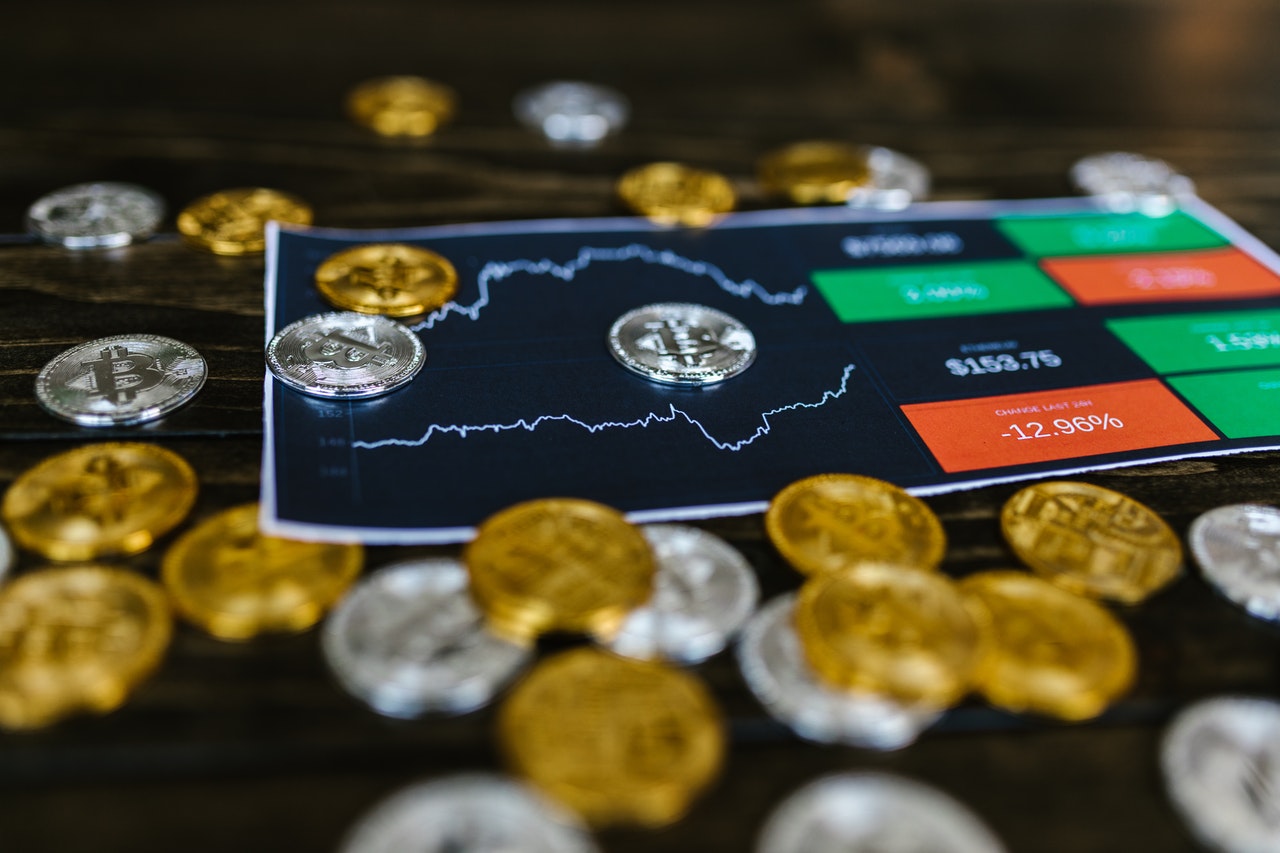


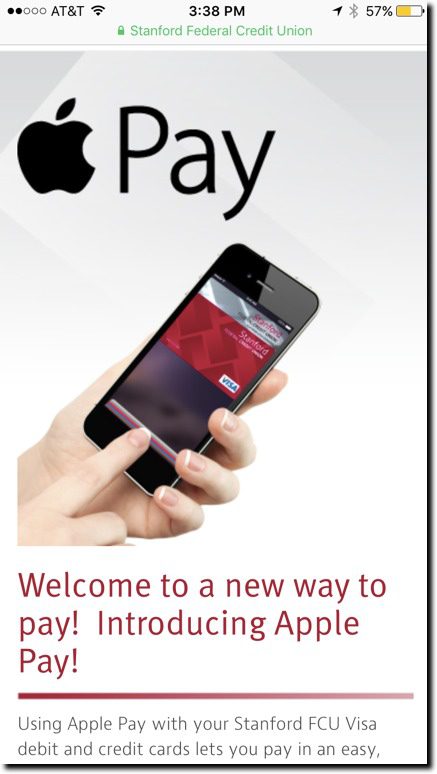
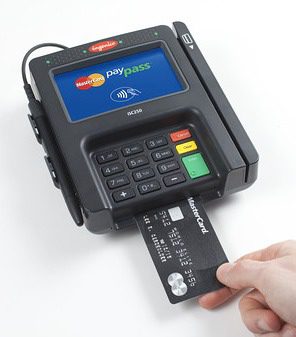
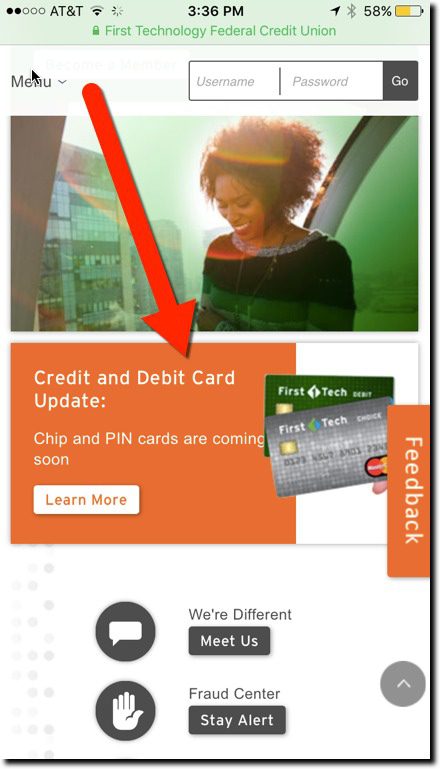
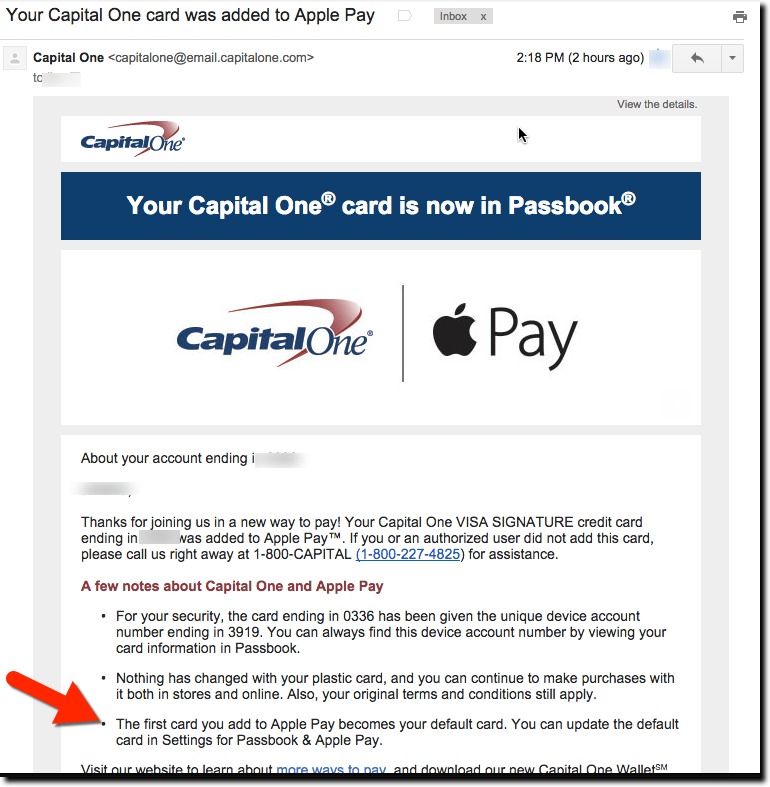

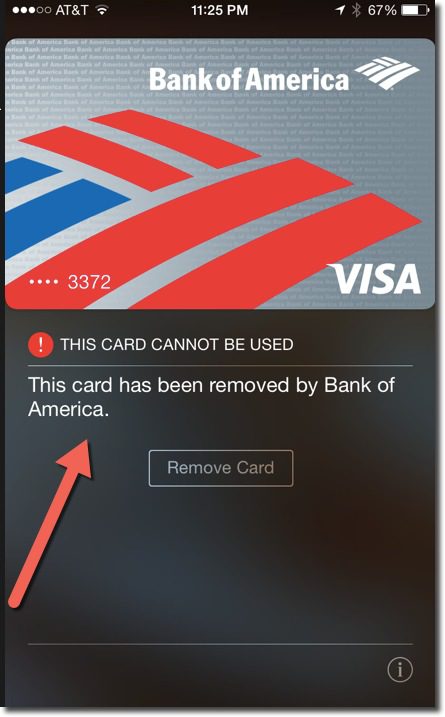
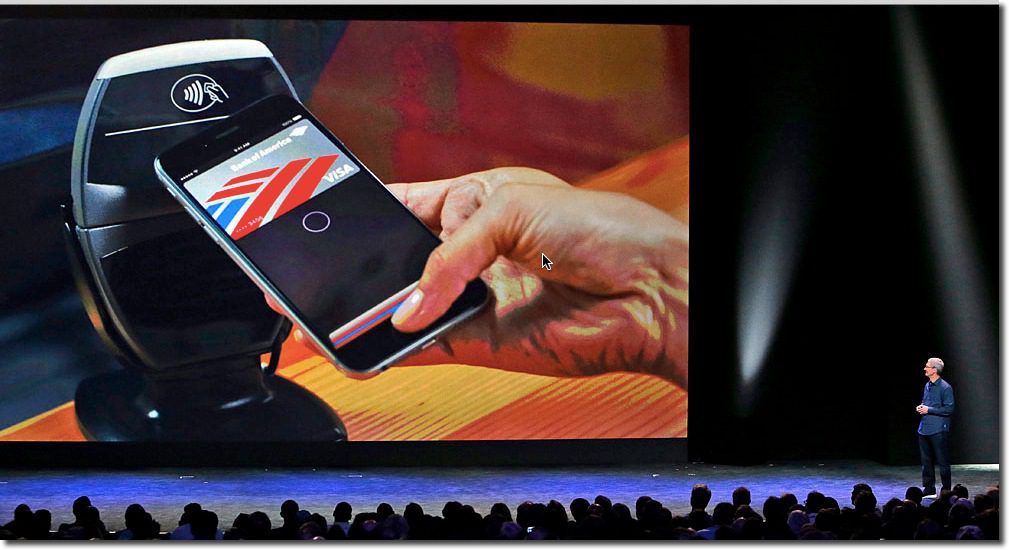
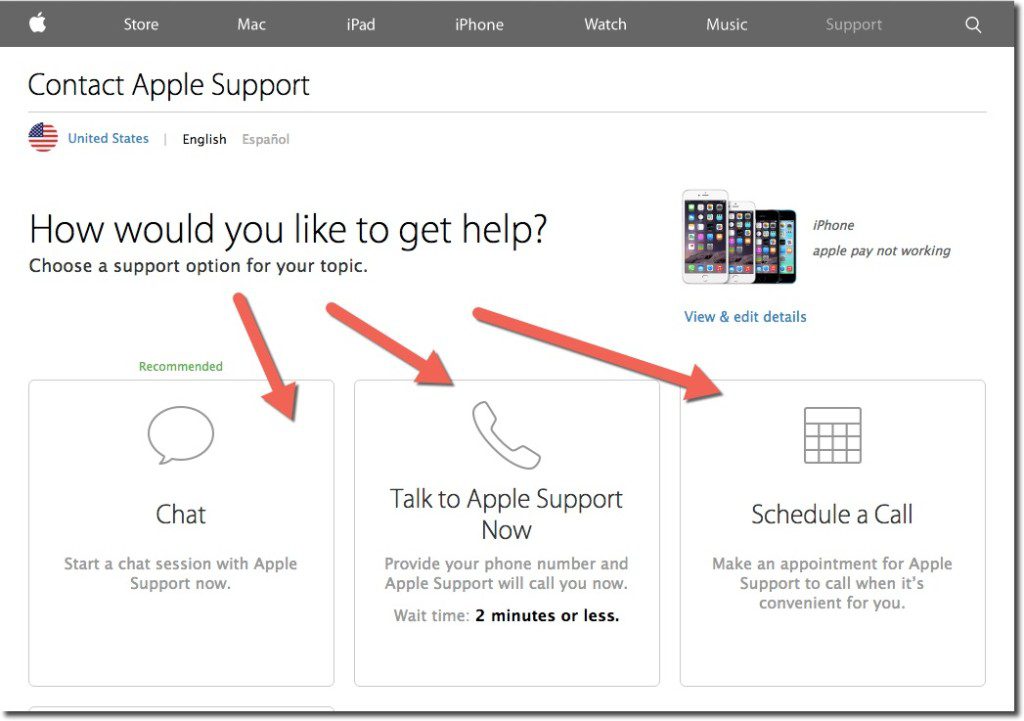 During my Google search, I stumbled into the correct area to get to Apple Care support (see A above). While I had to go through a few screens in the self-service area, it took only about 30 seconds to get to the one that offered a choice of online chat, call center (with 2-minute estimated wait time), or alternatively, I could schedule a call (see inset).
During my Google search, I stumbled into the correct area to get to Apple Care support (see A above). While I had to go through a few screens in the self-service area, it took only about 30 seconds to get to the one that offered a choice of online chat, call center (with 2-minute estimated wait time), or alternatively, I could schedule a call (see inset).













